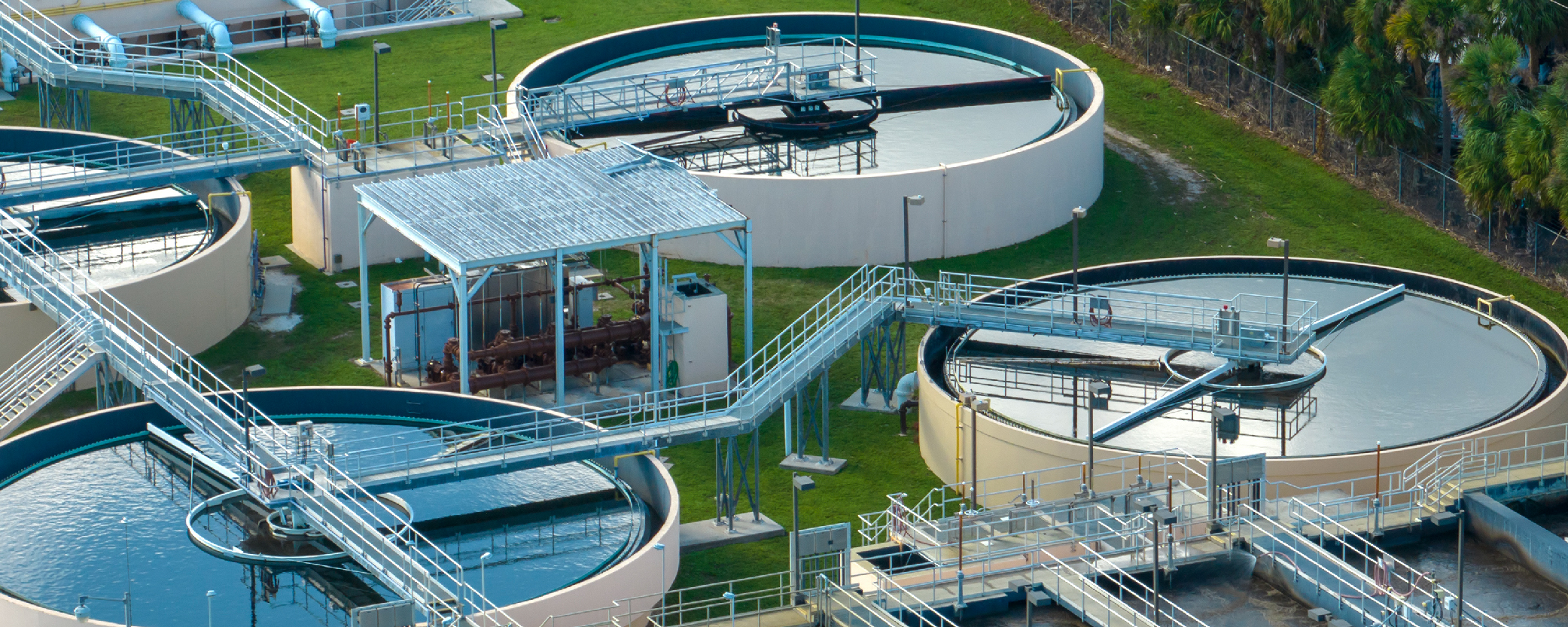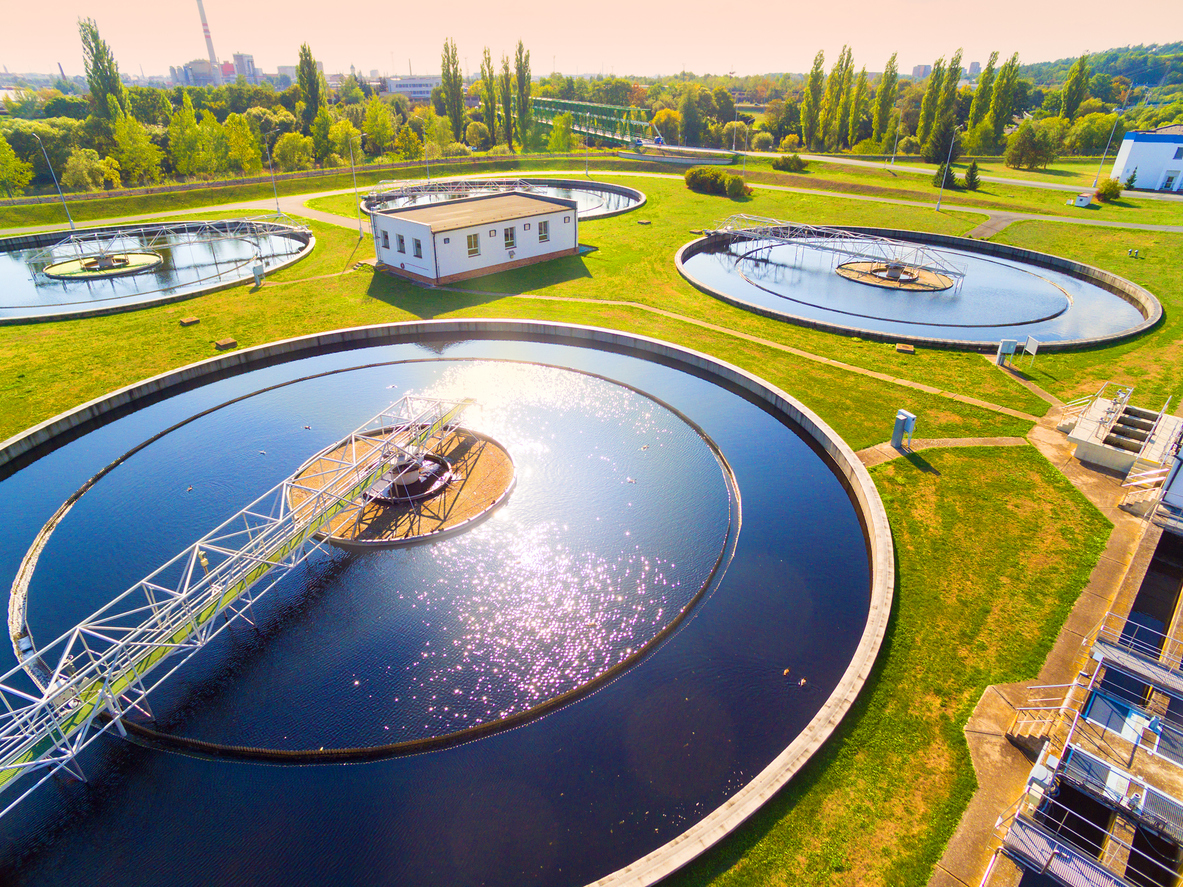Advantages of Progressive Cavity Pump: Comprehensive Guide
Are you looking for a reliable and efficient pumping solution? Look no further than progressive cavity pumps. Known for their versatility and excellent performance, progression cavity pumps are a popular choice in many industries. This comprehensive guide will explore the advantages of progressive or progressing cavity pumps and how they can improve your pumping operations.
One key benefit of progressing cavity pumps is their ability to handle a wide range of fluids, including those with high viscosity or containing solids. This makes them ideal for various applications, such as oil and gas production, wastewater treatment, and food processing.
Additionally, progressing cavity pumps are highly efficient and can deliver a steady flow rate with minimal fluctuations. This ensures consistent performance and reduces the risk of equipment failure or production disruptions.
Furthermore, these pumps are designed with simplicity in mind, making them easy to install, operate, and maintain. This saves you time and money while ensuring reliable performance.
Whether you want to upgrade your existing pumping system or consider a new installation, understanding the advantages of progressing cavity pumps is essential to making an informed decision. So, let’s dive in and explore the world of progressing cavity pumps together.
How Do Progressive Cavity Pumps Work?
Progressing cavity pumps operate on a unique principle that sets them apart from other types of pumps. At the heart of a progressing cavity pump, a helical rotor rotates within a stator. As the rotor spins, it creates a series of cavities that move the fluid through the pump.
The fluid enters the pump through the suction port and fills the cavities created by the rotor and stator. As the rotor turns, the cavities move the fluid toward the discharge port, which is expelled from the pump. This continuous flow ensures a steady and consistent output, even when dealing with challenging fluids.
The design of progressing cavity pumps allows them to handle a wide range of fluids. From low-viscosity liquids to highly viscous substances, progressing cavity pumps can effectively move various types of fluids. This versatility makes them suitable for a wide range of applications, including oil and gas production, wastewater treatment, and food processing.
Utility and Important Parts of Progressive Cavity Pump
- Sewage and sludge pumping
- Bilge water removal
- Viscous chemical pumping
- Dirty waste water
- Shear sensitive products
- Fluid dosing applications
- Pulp, paper paste, and starch handling
- Biomass transfer
- Oil transfer
Parts
- Rotor
- Drain plug to drain suction housing
- Universal joint
- Universal joint seal
- Stator (usually elastomer material)
- Wettable body parts
- Pump packing
- Connecting rod
- Inspection port
- Pump discharge flange (outlet)
- Pump suction flange (inlet)
Advantages of Progressive Cavity Pumps
Increased Efficiency and Reliability
One of the key advantages of progressing cavity pumps is their exceptional efficiency. These pumps are designed to provide a consistent flow rate with minimal fluctuations, ensuring stable and reliable performance. This is particularly beneficial in applications where a continuous flow is essential, such as chemical processing or oil well production.
The precise design of progressing cavity pumps also contributes to their high efficiency. The rotor-stator configuration creates a tight seal, minimizing any backflow or leakage. This results in improved energy efficiency and reduced wastage, making progressing cavity pumps an environmentally friendly choice.
Versatility and Adaptability
Progressing cavity pumps are known for their versatility and adaptability. Due to their unique design, they can handle fluids with varying viscosities, from thin liquids to highly viscous materials. They can also handle fluids with high solids content, making them suitable for mining and waste management applications.
The ability of progressing cavity pumps to handle challenging fluids is attributed to their gentle pumping action. The rotating rotor gently moves the fluid through the pump without causing excessive turbulence or shearing. This is particularly beneficial when dealing with fragile or sensitive materials, preventing damage or degradation during pumping.
Cost-effectiveness and long-term Savings
In addition to their superior performance, progressing cavity pumps offer significant cost savings over their lifetime. These pumps have a long service life and require minimal maintenance, resulting in reduced downtime and lower maintenance costs.
Progressing cavity pumps’ simplicity also contributes to their cost-effectiveness. These pumps are easy to install, operate, and maintain, requiring minimal training or specialized knowledge. They are designed with minimal parts, reducing the risk of breakdowns and simplifying the maintenance process.
Furthermore, progressing cavity pumps are highly efficient in terms of energy consumption. Their consistent flow rate and minimal energy wastage contribute to lower operational costs, making them a cost-effective choice for pumping operations.
Increased Efficiency and Reliability
The efficiency and reliability of progressing cavity pumps make them suitable for a wide range of applications across various industries. Here are some common applications where progressing cavity pumps excel:
Oil and Gas Production
Progressing cavity pumps are widely used in the oil and gas industry for various applications, including crude oil transfer, artificial lift systems, and well dewatering. Their ability to handle viscous fluids and solids-laden fluids makes them ideal for these demanding applications.
Wastewater Treatment
In wastewater treatment plants, progressing cavity pumps are crucial in moving sludge, sewage, and other waste materials. Their gentle pumping action prevents damage to delicate particles, ensuring efficient and effective treatment processes.
Positive Displacement
PCPs develop a positive pumping action similar to a piston moving through a cylinder, which means that the pump pressure developed does not depend upon the speed of the rotating rotor.
Food Processing
The food processing industry relies on progressing cavity pumps for various applications, including transferring viscous food products such as sauces, creams, and pastes. These pumps are also used to pump ingredients such as dough and batter in baking and confectionery processes.
Mining and Minerals
For the mining and minerals industry to excel, progressive cavity pumps must be selected for suitability. Their tailing disposable is impeccable, and they assist well in slurry transfer and dewatering. Moreover, they can get better off rough and harsh fluids, making them a contested product.
Versatility and Adaptability
Fluid Characteristics
The type of fluid being pumped is a critical factor in determining the appropriate progressing cavity pump. Consider the fluid’s viscosity, temperature, solids content, and corrosiveness to ensure the pump can handle the specific requirements.
Flow Rate and Pressure Requirements
Understanding the desired flow rate and pressure is essential in selecting the right pump size and configuration. Consider the system’s requirements and any potential variations to ensure the pump can reliably meet the demands.
Pump Material and Construction
The materials used in the pump construction should be compatible with the fluid being pumped. Consider factors such as chemical compatibility, abrasion resistance, and temperature limits to ensure the pump can withstand the operating conditions.
Installation and Maintenance Requirements
Evaluate the installation and maintenance requirements of the progressing cavity pump. Keep a tab on aspects, including maintenance accessibility, availability of training and necessary tools, and proper space.
Regular Inspection and Cleaning
Periodically inspect the pump for any signs of wear or damage. Clean the pump and its components to remove any debris or buildup affecting performance.
Lubrication and Sealing
Proper lubrication is crucial for the smooth operation of progressing cavity pumps. Follow the manufacturer’s guidelines for lubrication intervals and use the recommended lubricants. Check and replace seals to maintain a tight seal and prevent leakage.
Monitoring and Adjusting Pressure Settings
Monitor the pump’s pressure settings regularly to ensure they are within the desired range. Adjust the pressure settings as needed to maintain optimal performance.
Troubleshooting Common Issues
If you encounter any issues with your progressing cavity pump, such as reduced flow rate or excessive noise, refer to the manufacturer’s troubleshooting guide. Follow the recommended steps to identify and resolve the problem.
Applications
Progressing cavity pumps offer numerous advantages, making them a preferred choice for many pumping applications. Their versatility, efficiency, and reliability suit various industries and fluid types. By understanding the advantages of progressing cavity pumps and considering your application’s specific requirements, you can make an informed decision and optimize your pumping operations. So, consider the advantages of progressing cavity pumps for your next project, whether in the oil and gas industry, wastewater treatment, food processing, or any other industry requiring efficient pumping.
Factors to Consider For Choosing a Progressing Cavity Pump
When selecting a progressing cavity pump, there are several factors to consider. These include:
- Pumping Media: The properties of the pumping media, such as chemical composition, viscosity, temperature, solids content, the nature and size of solids, shear sensitivity, and abrasiveness, must be considered.
- Environmental and Installation Considerations: Consider the application variables, such as whether the pump will be fixed or portable, horizontal or vertical, reversible flow, indoor/outdoor, and whether it will be used in a hazardous or harsh environment. Special sealing requirements for product containment, overpressure, and dry-run protection should also be considered.
- Pump Size: The fluid properties will help determine the pump size
- Operating Speed: The fluid properties will also help determine the operating speed
- Pump Stator/Rotor Material: The fluid properties will help determine the material of the pump stator and rotor
- Pressure: Flow Rate Ratio: The pump’s ability to generate pressure will depend on the number of cavities within it. High-pressure designs often consist of more than one stator and rotor, so the pressure: flow rate ratio should be considered.
Conclusion
Progressing cavity pumps offer many advantages, making them an excellent choice for various pumping applications across industries. Their efficiency, reliability, versatility, and adaptability are key attributes that set them apart. By carefully considering factors such as fluid characteristics, flow rate, construction materials, and maintenance requirements, you can select the right progressing cavity pump for your specific needs.
Maintenance plays a crucial role in ensuring these pumps’ longevity and optimal performance. Regular cleaning, monitoring, lubrication, and part replacement are essential to keep the pump operating smoothly. Moreover, investing in trained operators and maintenance personnel can further enhance the pump’s performance and reduce the likelihood of errors. The top manufacturers of progressive cavity pumps include Xylem Inc., NOV, Weatherford, etc.



